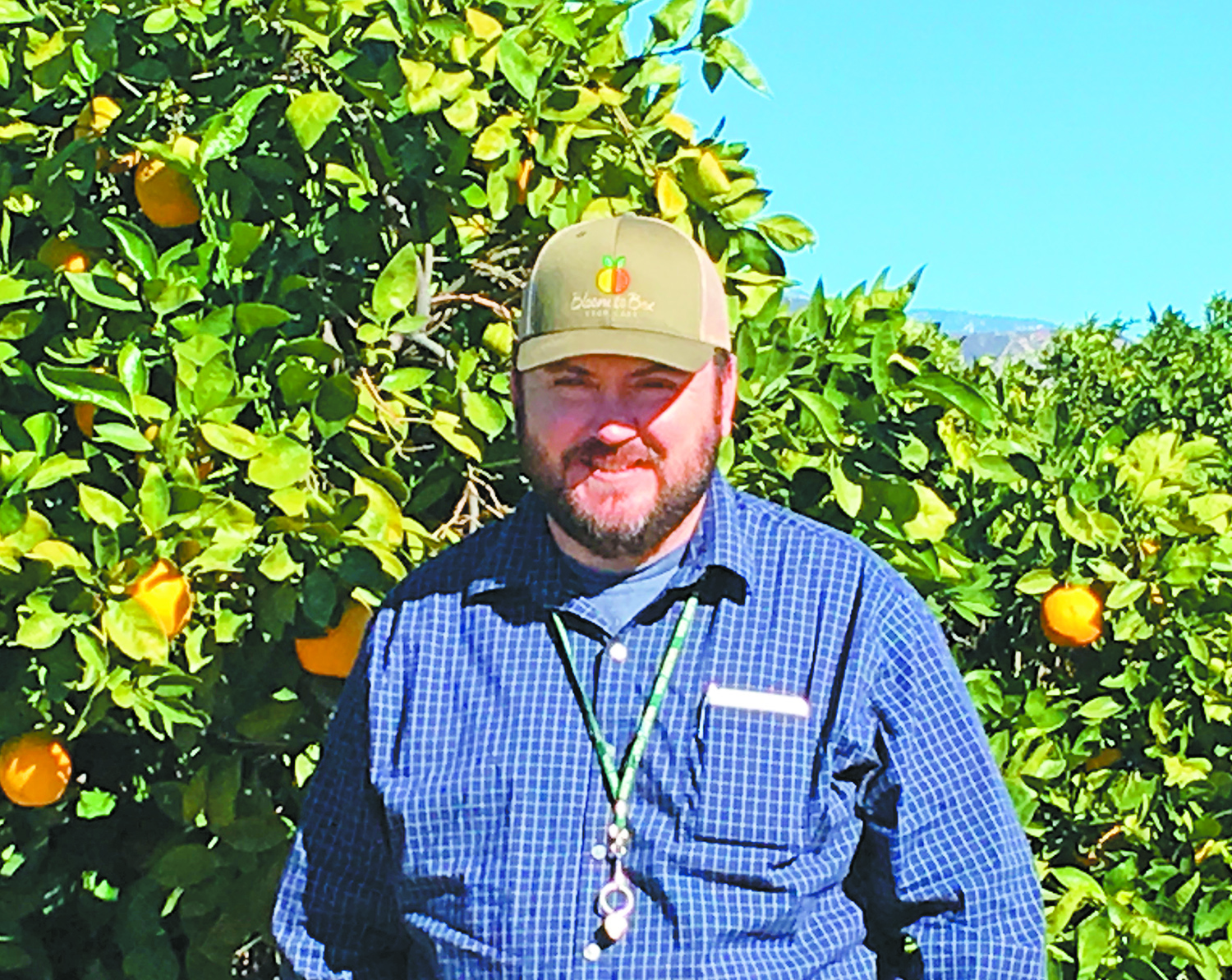Ask Your PCA: What treatments are best to control citrus thrips?

Chris Boisseranc
Southwest Ag Consulting, Inc., Redlands

A significant pest in California, citrus thrips are small, orange-yellow insects with fringed wings that can damage citrus crops. The microscopic bugs reside in the calyx of the citrus flower during development and only become a pest once the tiny, tender fruit starts to enlarge out of the flower stage.
Thrips cause cosmetic damage to the outside of the fruit. They can cause a ring scar around the top of the fruit, and if they persist, the ring scar will cascade down the fruit, causing a significant blemish that covers the fruit.
Thrips are a weather-driven pest. In dry, windy years, their numbers build rapidly, and this year thrips pressure is expected to be high. Coastal areas are cooler and seldom treat for the pest. They use mainly predatory mites as biological control.
Thrips love the flush of new leaves and reproduce on them. When the fruit becomes susceptible, they’ll move from the leaves to the fruit. Once the fruit enlarges and hardens to about an inch to an inch and a half, thrips return to the leaves and remain there until the next season.
Predatory mites help control thrips. The mites move inside the calyx of the fruit and feed on thrips. If heat gets intense, predatory mite numbers will drop.
There are organic and conventional treatments available. Sprays for organic orchards are Spinosad-based. They are most effective when mixed with an oil as a surfactant to spread and penetrate for control.
For conventional orchards, oils are used in conjunction with insecticides. There are several available, and new ones come out every year. These sprays are not as broad spectrum as other insecticides. They hone in on specific thrips populations.
The organic sprays are even more selective and have almost no impact on beneficials. With numerous materials available, they can be rotated to reduce resistance pressure.




